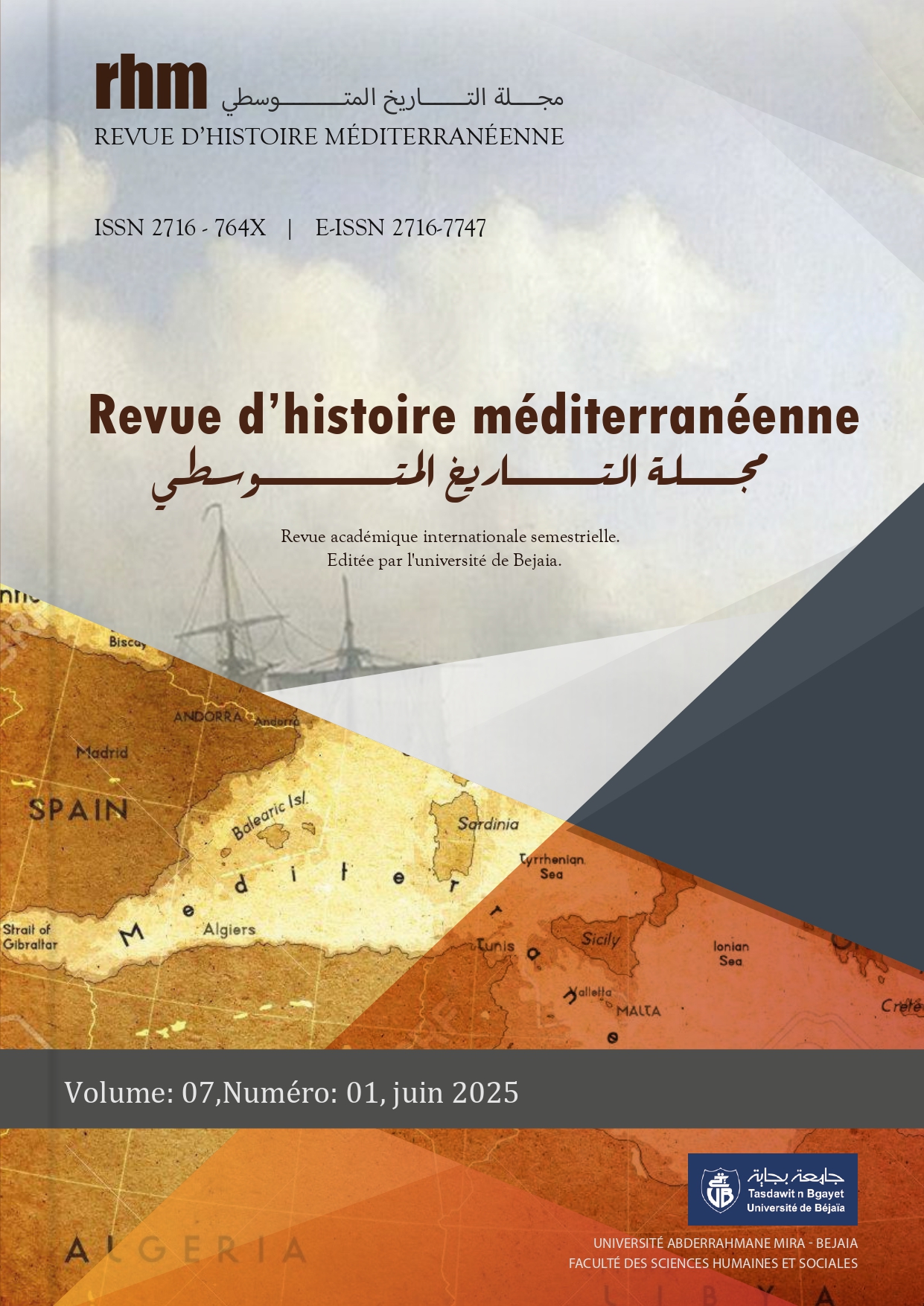Le système de corvée et de terreur du caoutchouc en État indépendant du Congo (1885-1908)
The corvée system and rubber terror in the Congo Free State (1885-1908)
Résumé
L'étude représente le système de la corvée et de la terreur du caoutchouc exercé par le roi belge Léopold II dans l'État indépendant du Congo (le territoire de l’actuelle république démocratique du Congo, portait le nom du Zaïre) pendant la période allant de 1885 à 1908, L'objectif était de développer le processus d'exportation et l’exploitation du caoutchouc cependant, la récolte de ce produit se faisait dans la violence, Ainsi, des travailleurs locaux ont été recrutés et contraints à l'esclavage pour collecter les quantités nécessaires de caoutchouc, livrée à la fois aux mains et aux caprices des officiers de l’état indépendant du Congo, sous peine de sanctions graves telles que l'amputation des mains et adoptant une politique de monopole sur ce commerce, il a édicté plusieurs lois faisant du Congo une exploitation agricole au profit de la couronne et de la propriété personnelle du roi. À partir de 1892, il a mis en œuvre le système de la corvée sur la population, plus tard connu sous le nom de « terreur du caoutchouc », ce système d’exploitation a fait des millions de morts et des mutilés au tournant du 20e siècle.
Les objectifs de l’étude sont de mettre en lumière la responsabilité de roi Léopold II, et de confirmer les accusations tragiques qui ont été constamment niées sur les dix millions de citoyens congolais qui ont été soit délibérément tués, soit contraints de travailler à mort sous l'autorité d'une armée privée affiliée au roi.
A partir de ces données, nous avons essayé de répondre à la problématique suivante :
Comment s’est passé les horreurs de l’exploitation du caoutchouc par les Belges au Congo ? Pour y répondre, il convient d’explorer les questions secondaires suivantes : comment Léopold II roi des belges fait main basse sur le bassin du Congo et a fondé l’Etat indépendant du Congo et en fait une propriété privée ? Qu'entendons-nous par « terreur du caoutchouc », Quels étaient les moyens utilisés à cet effet ?
La méthodologie utilisée dans cette étude est la méthode historique, qui repose sur la narration et l’analyse des événements, leur séquençage et leur mise en relation avec le contexte historique.
Le résultat le plus important auquel nous sommes parvenus dans notre recherche est que l’Etat indépendant du Congo a pris fin et qu’une nouvelle phase du colonialisme belge est entrée. Et les crimes du roi belge Léopold II furent révèles grâce au missionnaires protestants et les commerçants et les journalistes qui écrivaient sur ce qui se passait dans cette région, et leurs écrits ont attiré l’opinion publique mondial, qui a exiger une enquête sur ce qui se passait dans la région.










